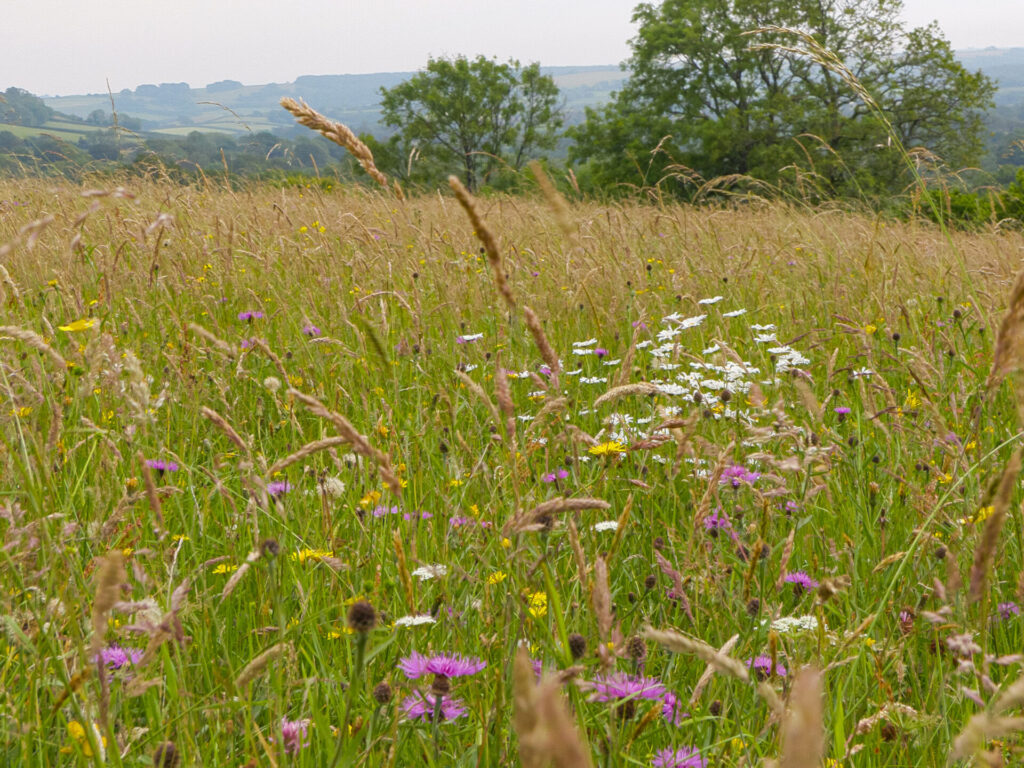We often take our native grasslands for granted, but a wealth of natural resources can be found within their unassuming quietness, says the DWT

Image: James Burland for Dorset Wildlife Trust
If you tuned in to the recent David Attenborough BBC series, Wild Isles, you’ll know that it focused on different habitats and the spectacular species they support. The series showcased the UK’s varied habitats in true Attenborough style.
Dorset itself offers a vastly diverse array of grassy terrains, stretching right across the county from the cascading calcareous cliffs of the eastern Purbeck coast to the myriad magnificent meadows found at DWT’s own Kingcombe in West Dorset.
With more than 700 soil types in the UK, each influenced by different rock formations within the earth, there is no wonder we have such a variety of grassland habitats. Each becomes a unique vegetative ‘Tetris’ of species, with each plant using particular adaptations to arrive, survive and thrive in its unique environment.
A smorgasbord
Being at the base of the food web, a mosaic of plants within grasslands provides a haven for a wealth of life. Insects such as butterflies, moths and bees depend not only on a nectar source when they are adults on the wing, but also the availability of their food plants. Whether species are polyphagous (able to eat a selection of plants) or monophagous (eating only one plant), grassy pastures are the food platters catering for many. Small mammals like the field vole frequent the undergrowth through a network of interconnecting tunnels, hiding from swooping predators above.
It was exciting to see the successful reintroduction of white-tailed eagles and large blue butterflies during the grassland habitat episode of Wild Isles, along with their amazing and complex life cycles.
It illustrates that we really can restore our ecosystems and reverse the grim fact that many UK species are at risk of extinction. To ensure there is enough habitat, for them and for the rest of nature, it’s critical that we maintain, restore and join up the isolated parts of our fragmented landscape.
In times of such climate uncertainty, grassland is an unsung hero of carbon sequestration. Like trees, plants within grasslands consistently photosynthesise in sunlight, turning carbon dioxide from the atmosphere into glucose with energy from the sun. Globally, trees store a lot of their carbon within their biomass – which can unfortunately be released during wildfires. On the other hand, the carbon within grasslands tends to be stored underground, with some estimates indicating that between 15 and 30 per cent of the world’s carbon is stored in this way. It is important to not rule out these modest ecosystems as a tool to tackle climate change.
Of course, it is never too late to create space for nature, whether in our own back gardens or volunteering to encourage and enable larger landowners to do the same. Joining, and supporting others to join, movements like #NoMowMay has never been more important.
James Cartwright, Dorset Wildlife Trust assistant
warden and Nick Gray, conservation officer.

